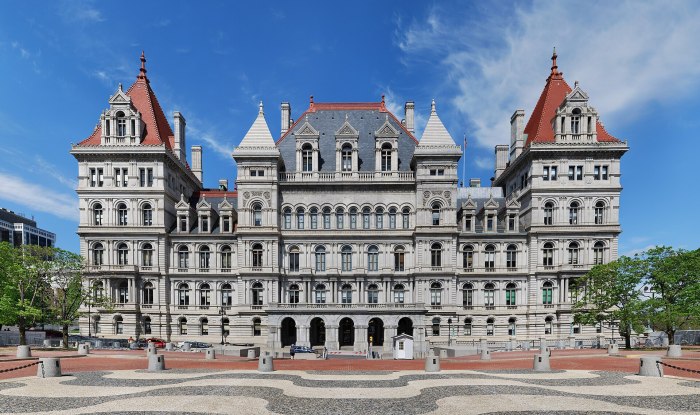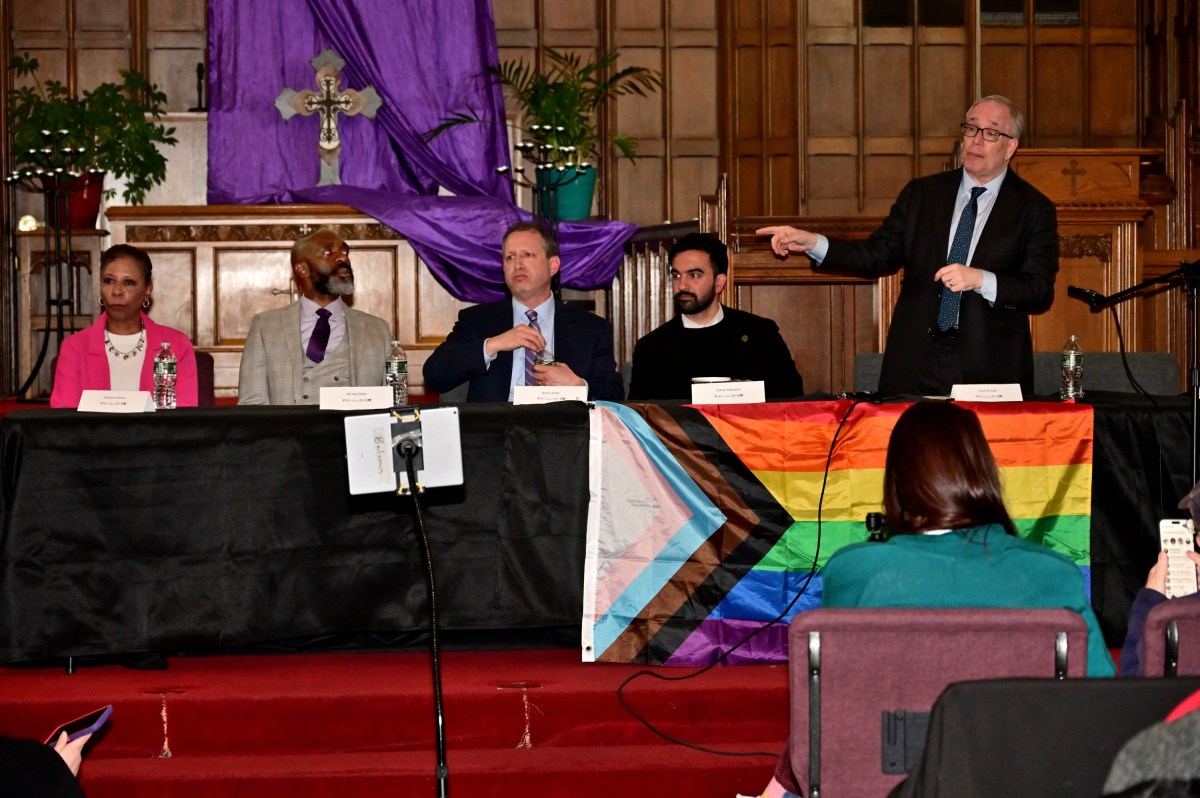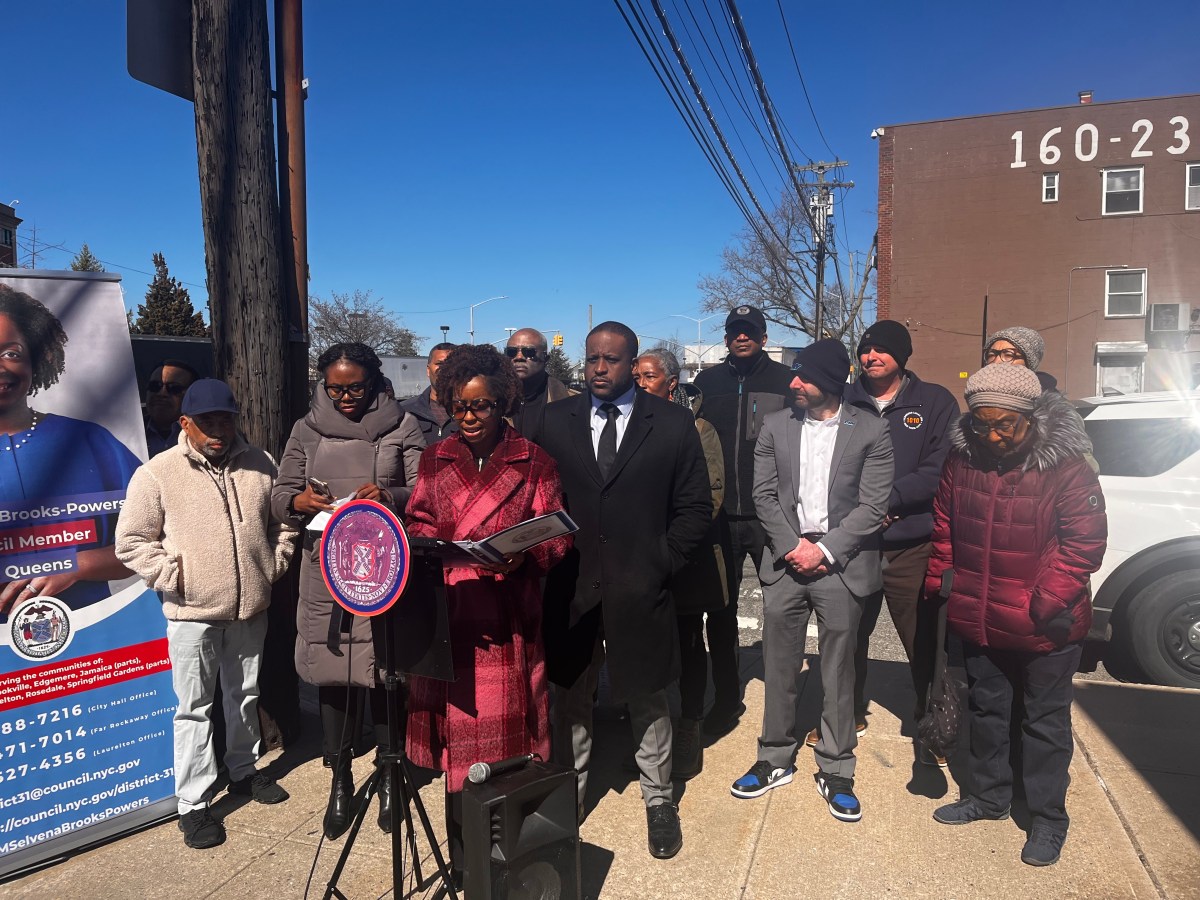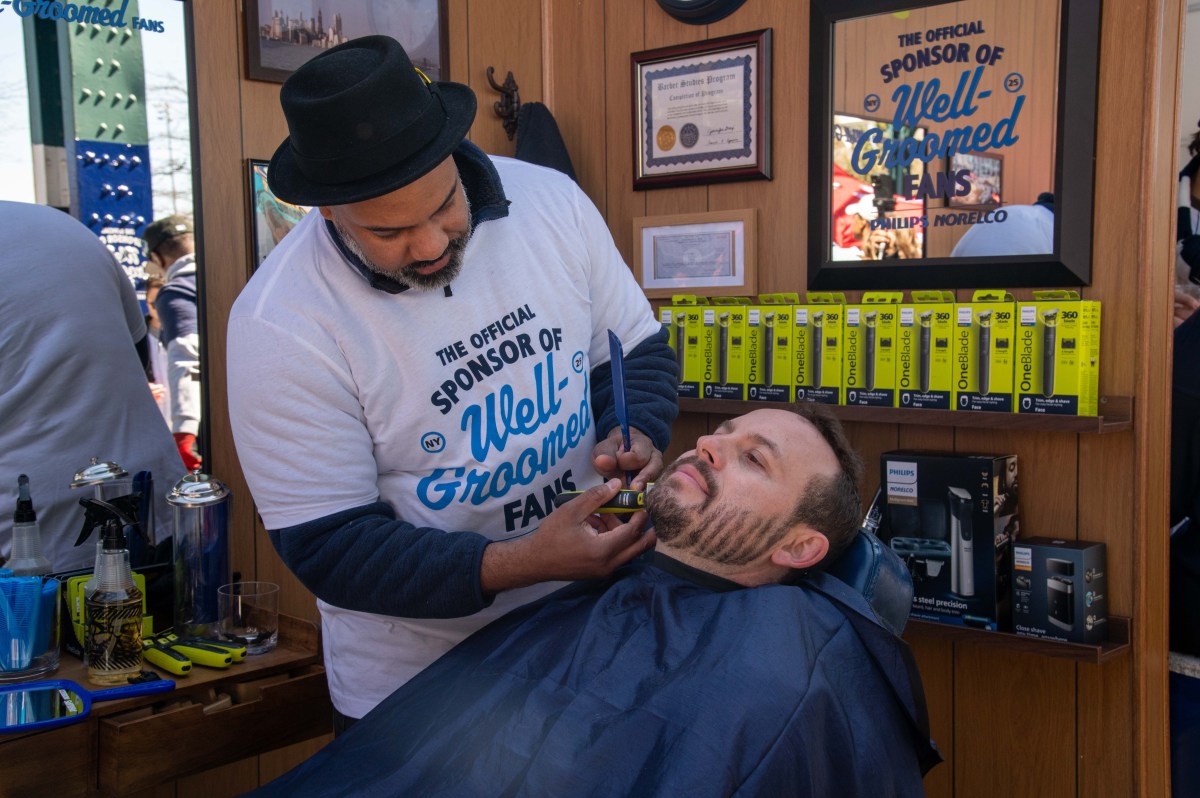Advocates for the disabled feel vindicated after a state Supreme Court justice recently allowed a class-action lawsuit to proceed against the MTA over inaccessible subway stations.
As a disabled subway rider, I, too, feel abandoned by the MTA. There are no elevators in the station closest to my home in Midtown East, and the stairs can be impossible to navigate after my disability.
I have to admit that I never noticed the subway’s lack of access until I needed to use an elevator to access a station. In 2000, I suffered a brain injury, and when I awoke from the coma, I could not walk, talk, or take care of myself.
It took six years of rehabilitation to recover. The injury left me with severe balance problems and a seizure disorder.
On my first solo subway outing in 2004, I walked slowly with my cane to the 59th Street station stop at Lexington Avenue, where six train lines stop. I had assumed there was an elevator. I was wrong.
Not only is the lack of accessibility a challenge but also all riders have to contend with insensitive straphangers. I’ve been lucky: The most severe injuries I’ve sustained so far are broken toes and a sprained ankle. One morning, a commuter got caught on my cane and pulled me down the stairs. I had bruises on my legs and a sore back.
In addition to the state lawsuit, there are two federal suits pending against the MTA. One requests that the MTA install an elevator, regardless of cost, when it renovates a station. The other is over the atrocious elevator maintenance on the subway. Fewer than 25 percent of subway stations have elevators. They are often broken and awaiting repair. Many stations that do have elevators only provide access to trains going in one direction or they don’t allow for transfer to other trains.
The MTA and the city provide a bus or car service for people with mental or physical disabilities with Access-A-Ride. Many of us who use AAR call it “Stress-A-Ride.” It requires a 24-hour advance reservation and tends to run late or arrive too early. I was stranded more than once at a doctor’s office and had to find other transportation despite advance reservation. I returned to the subway as soon as I felt steady enough, only to find myself stuck at the top of the subway stairs, or worse, falling down those stairs.
The MTA can’t hide behind the excuse of cost. It found the money to put in an entire new train line, the 2nd Avenue Q. And it expanded the 7 train. Yet it keeps pushing off the installment of elevators. After the most recent court ruling, an MTA representative stated it hoped to make 50 additional stations accessible over the next five years, but that’s dependent on state funding.
As the MTA considers changes to subway stations, it’s hardly laudable that it has to be forced to think about all the disabled riders who need access to the train. I still catch myself telling tourists that NYC has the best metro system in the United States. Then I remember that’s only true if you don’t have special needs.
Olga Lucia Torres, an attorney, teaches narrative medicine at the CUNY School of Medicine.





































